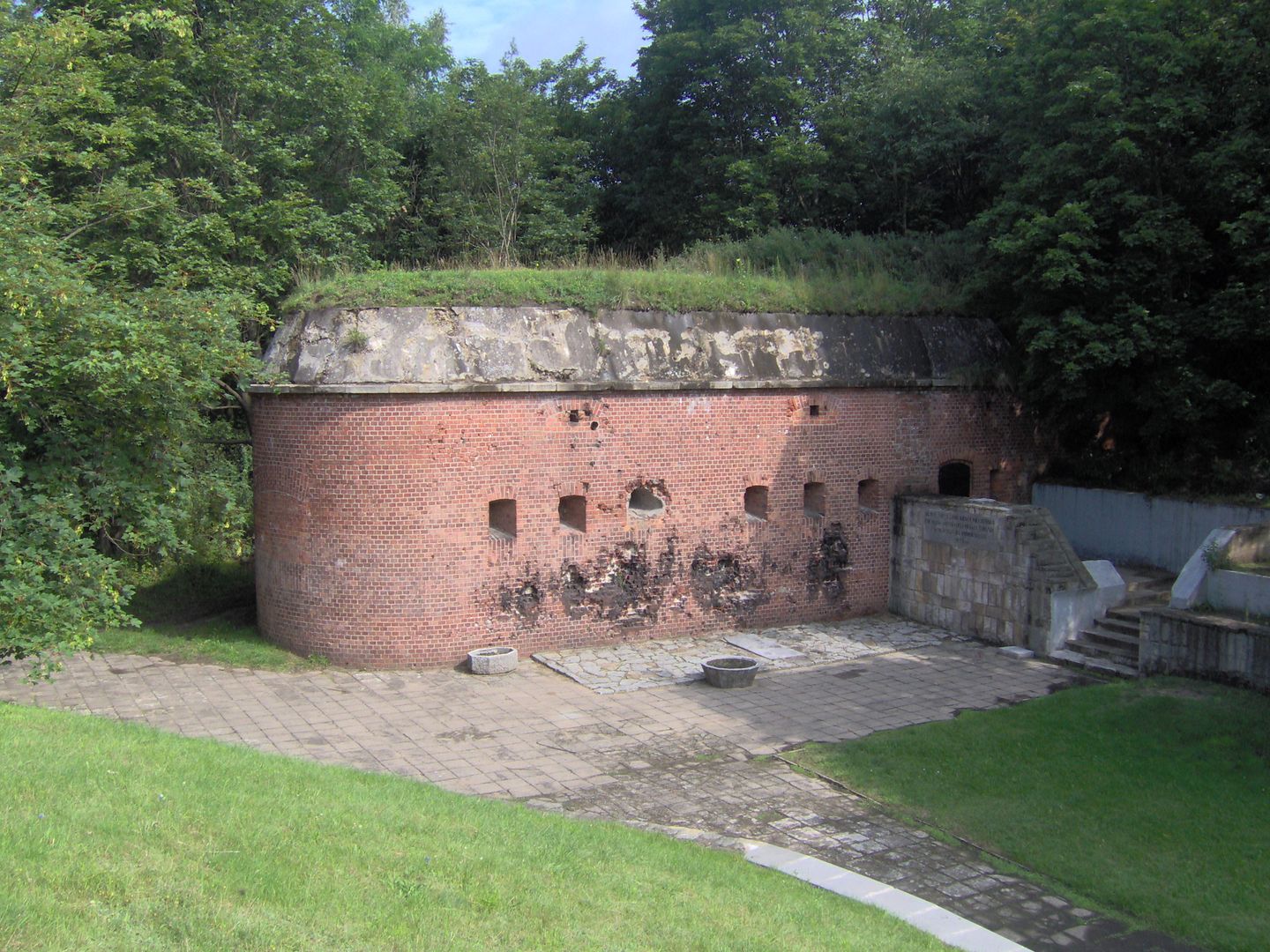Fort VII of the Toruń Fortress
7.55

Overview
Fort VII of the Toruń Fortress, also known as Fort Tadeusz Kościuszko, is a significant defensive structure from the period of the Prussian fortress, built between 1880 and 1883. Constructed on a pentagonal plan, it was the last major fort in this fortress. Its architecture was significantly modified compared to the original design, including the relocation of the powder magazine and modifications to the interior rooms. In 1890, the fort underwent modernization to adapt it to defense against 150 mm caliber artillery. In addition to advanced construction solutions, electricity was introduced to the fort as early as 1898, which was a significant modernization step.
After World War I, the structure fell into disrepair and changed its purpose, becoming a venereal disease hospital and later barracks. After 1945, the fort fell victim to devastation, and between 1959 and 1992, its rooms housed the Central Cellars of Imported Wines. In the immediate vicinity of the fort, there is a monument commemorating the soldiers of the Prussian infantry regiment.
Fort VII also served as an internment camp in 1939, when the German occupiers repurposed it as a place for Polish civilian prisoners. Initially, the guard was provided by Wehrmacht soldiers, and later the camp was managed by members of the Selbstschutz, who brutally treated the inmates. Conditions in the camp were tragic, and the detained Poles were subjected to brutal interrogations and executions. Prisoners from Fort VII were often transported to concentration camps, and the total number of people who passed through the internment camp is estimated at around 3,000.
Thus, Fort VII is not only an example of 19th-century military architecture but also a place of remembrance of the tragic fate of Poles during World War II. The contemporary history of the fort is therefore linked to its complex fate, which reflects the broader historical context and the social consequences of armed conflicts.
Location
2025 Wizytor | All Rights Reserved